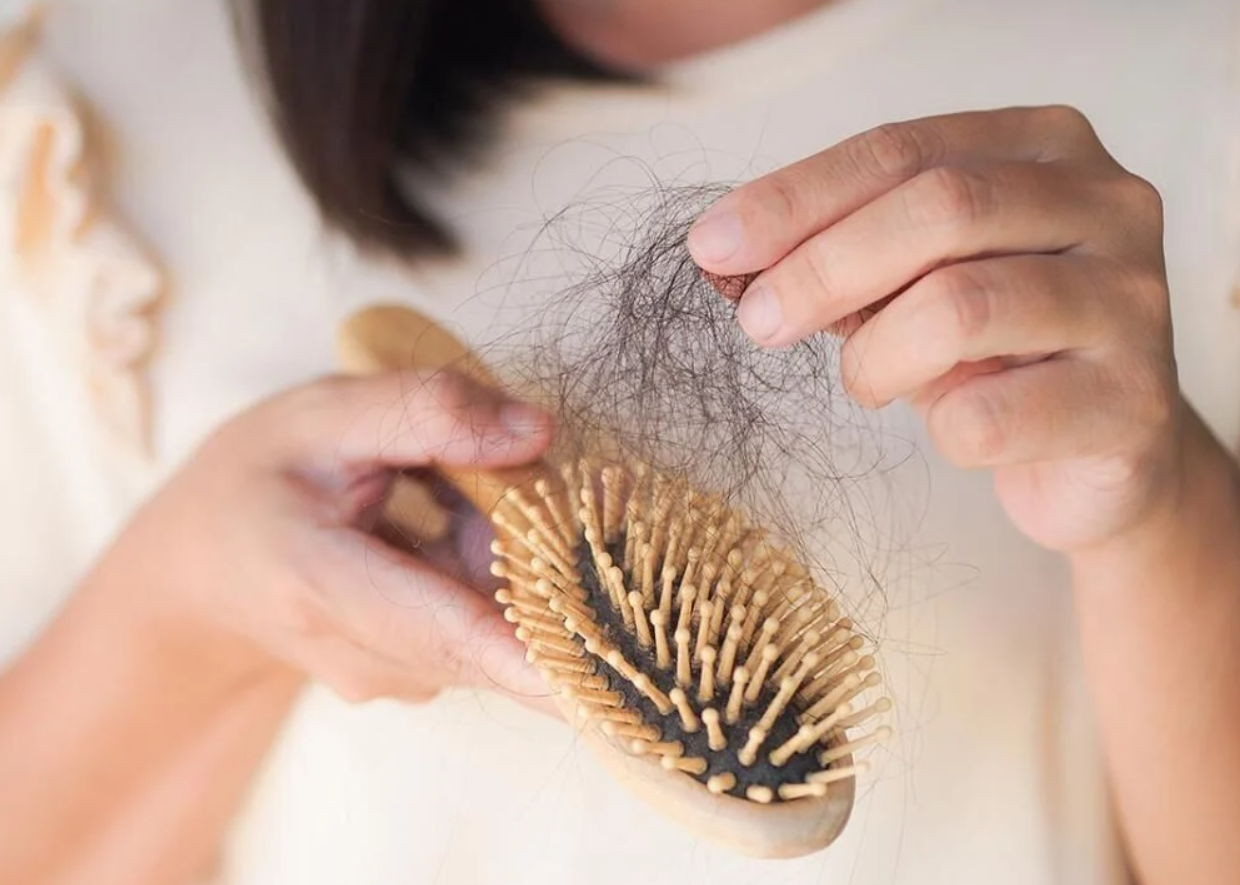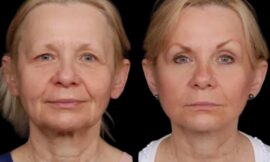Hair loss is often associated with men, especially as they age. However, a growing body of research reveals that women report experiencing hair thinning and loss at higher rates than men across all age groups. While male-pattern baldness is well-known, the causes behind female hair loss are more complex and multifaceted. One significant factor that may be contributing to this discrepancy is stress.
The Gender Gap in Hair Loss
Studies show that while men experience hair loss primarily due to genetics and hormones, women’s hair loss tends to be more diffuse and can occur at any stage of life. According to the American Academy of Dermatology, around 40% of women will experience visible hair loss by the age of 50. For many, this begins much earlier, often in their 20s or 30s, and is often linked to a combination of hormonal changes, genetics, and external factors like stress.
In contrast, men typically experience hair loss in a more predictable pattern, with male-pattern baldness occurring in defined areas such as the temples and crown of the head. This difference in hair loss patterns between the sexes suggests that the causes of hair thinning in women might be more complex.
The Role of Stress in Female Hair Loss
Stress has long been associated with hair loss, but its specific impact on women is not always well understood. Women are more likely to experience heightened levels of stress due to a variety of factors, including work pressures, family responsibilities, societal expectations, and hormonal fluctuations.
When the body is under stress, it produces higher levels of cortisol, a hormone that, in excess, can disrupt the normal hair growth cycle. Stress-induced hair loss typically presents in the form of telogen effluvium, where hair follicles prematurely enter the resting phase, leading to increased shedding and thinning. Unlike male-pattern baldness, which follows a predictable course, stress-induced hair loss can be temporary or chronic, depending on the severity and duration of the stress.
Hormonal Changes and Stress Combine
For women, hormonal fluctuations play a significant role in hair loss. Pregnancy, menopause, and conditions like polycystic ovary syndrome (PCOS) can cause changes in hormone levels that disrupt the hair growth cycle. Combined with stress, these hormonal shifts can exacerbate hair thinning. For instance, post-pregnancy hair loss, often triggered by a sudden drop in estrogen, can be intensified by the stress of caring for a newborn.
What Women Can Do
While stress is a common factor, it is not the only cause of female hair loss. Women experiencing hair thinning should consult with a dermatologist to rule out other medical conditions, such as thyroid disorders or iron deficiencies, which can also contribute to hair loss.
To mitigate stress-related hair loss, women are encouraged to adopt stress-reduction techniques such as mindfulness, regular exercise, and sufficient sleep. Additionally, maintaining a balanced diet rich in nutrients that support hair health, such as vitamins A, C, D, zinc, and biotin, is essential for maintaining strong, healthy hair.
Conclusion
Women report more hair loss than men at every stage of life, and while genetics play a role, stress appears to be a significant contributing factor. The combination of hormonal changes and the physical effects of chronic stress can disrupt the hair growth cycle, leading to noticeable thinning. By addressing stress levels, seeking professional advice, and maintaining a healthy lifestyle, women can better manage and potentially reverse the effects of hair loss.



